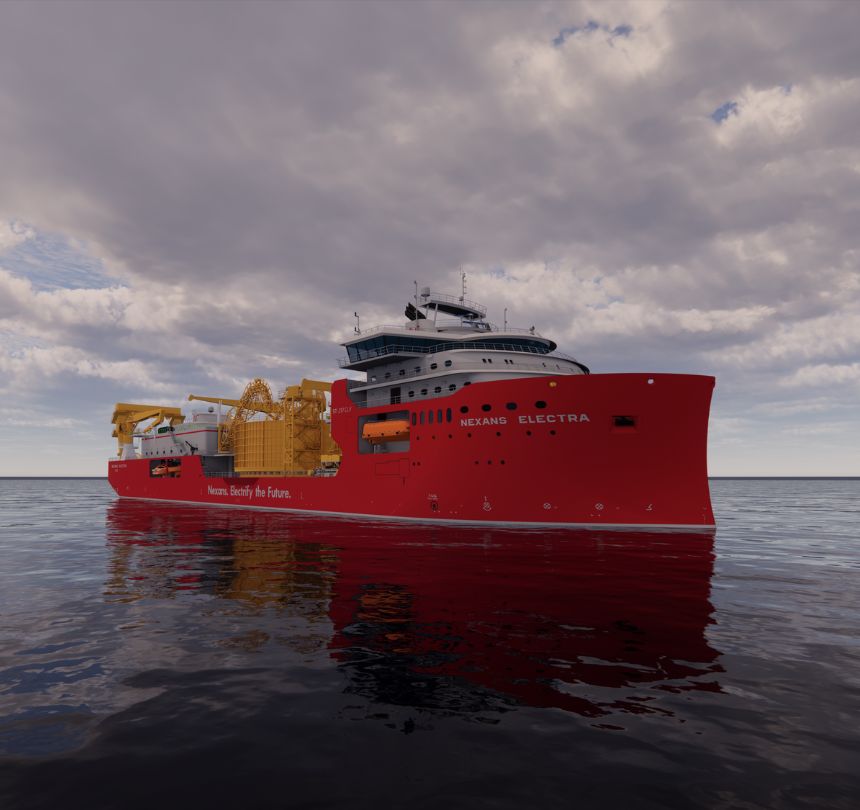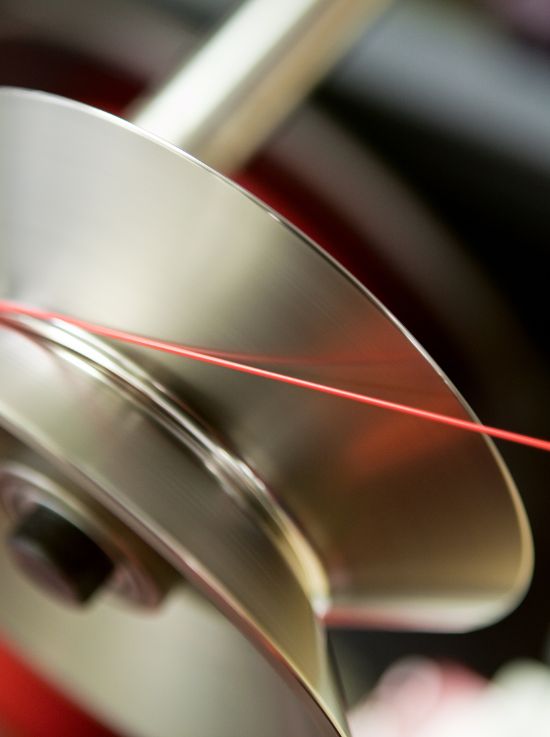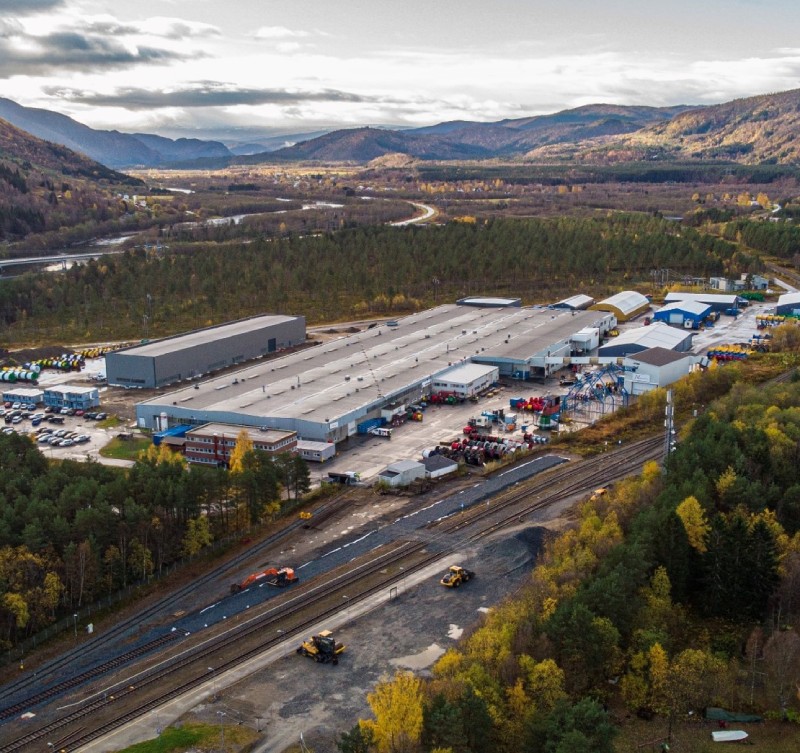The future
will be electric
The present already is. And electricity is the driver of progress. At the heart of this energy revolution: the cable, our historical expertise.
News
News
Find all the newsSuccessful subsea cable replacement in Corfu: Strong IMR capabilities demonstrated
Nexans has successfully replaced a damaged subsea power cable in Corfu, showcasing its growing strength in fast, reliable IMR services. The complex 145 kV cable operation was completed safely and on schedule, reinforcing Nexans’ position as a trusted partner for critical offshore repairs.
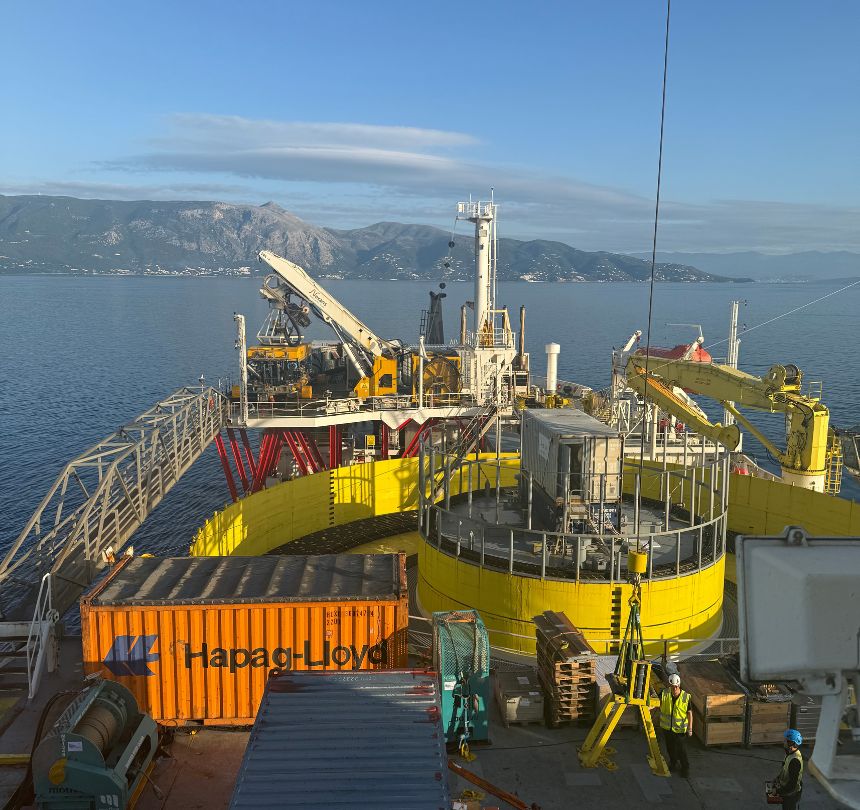

Building a sustainable and resilient future
From mine to end customer, discover how industry leaders — Nexans, Rexel, KGHM, and The Copper Mark — are redefining transparency, circularity, and sustainability. Explore how collaboration and innovation are turning ESG principles into concrete action for a more responsible and resilient future.
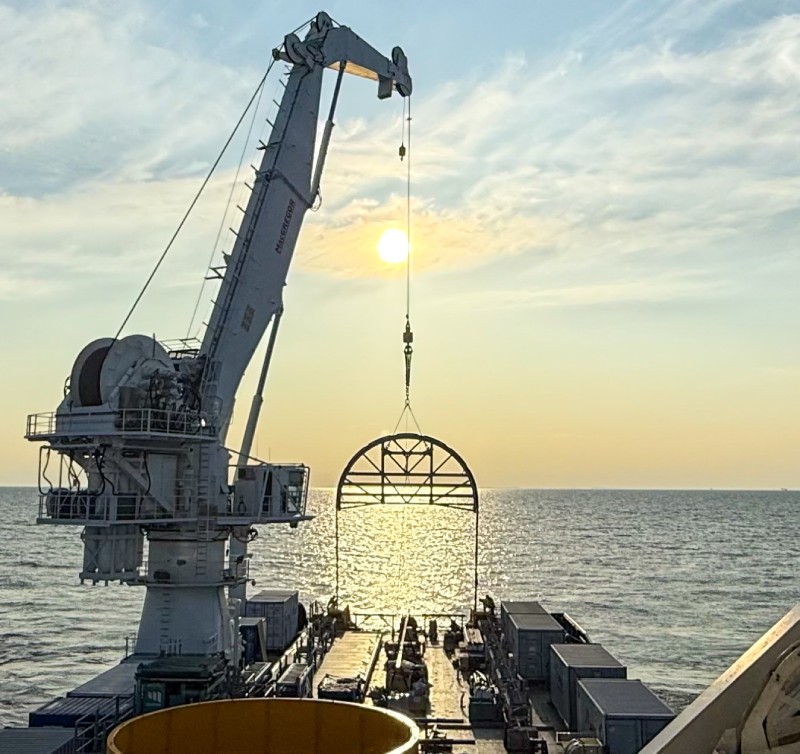
Completes critical repair of Estlink 2 subsea interconnector between Finland and Estonia
Nexans, a global leader in the design and manufacturing of cable systems and services, specializing in the offshore wind sector and subsea interconnectors, has completed the repair of the Estlink 2 interconnector under contract for Fingrid, Finland’s transmission system operator. The successful operation reinstates one of the Baltic region’s most important electricity links.
Press releases

Nexans appoints Vincent Piquet as Chief Financial Officer
Nexans is pleased to announce the appointment of Vincent Piquet as Chief Financial Officer, effective January 19, 2026. He will join the Nexans Executive Committee and will be based in Paris.

A positive impact
on the world
We are pioneers in the energy transition. We are paving the way for a more responsible electrification of the world by placing the environment and people at the heart of our actions.
Environment
80%
of production waste recycled in 2024
Environment
80%
of sales generated by products and services
that contribute to energy efficiency
Social
30%
Nexans employees globally participated in
the Climate Fresk® since 2020
Social
30%
target for women managers in 2026
Perspectives
We are convinced that we can collectively build tomorrow’s world. That’s why we multiply the number of partnerships and collaborations in our projects. We encourage dialogue with our employees, partners and customers. We believe that openness and the exchange of viewpoints and expertise will enable us to meet the challenges of the future. Through a variety of formats – video, article, interview – we give a voice to our Group’s experts, our partners and our customers.
Resources
01
2024 Capital Markets Day
During its 2024 CMD in London, UK and New York City, US, members of the Executive Committee highlighted the Group’s new strategic and financial ambitions for the next four years (2025-2028).
02
Financial results
On this page you’ll find all the Group’s financial information: quarterly business indicators for 3 and 9 months, as well as half-year and full-year results.

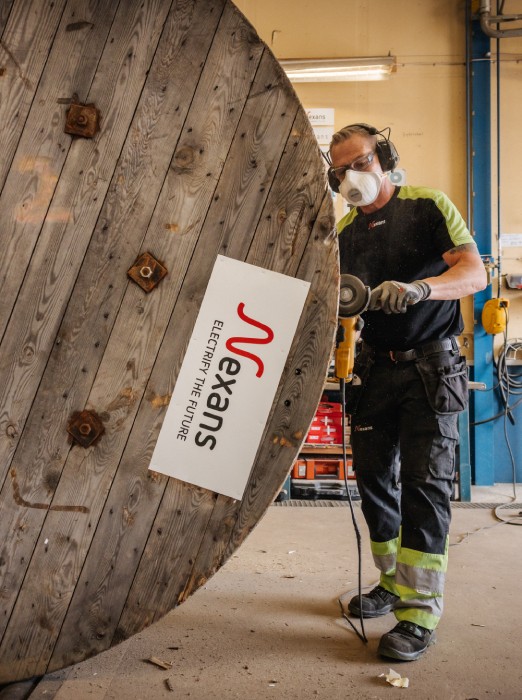

Become a
Nexans employee
Joining us means having the opportunity to actively contribute to building a more sustainable future and achieving global decarbonization goals.

